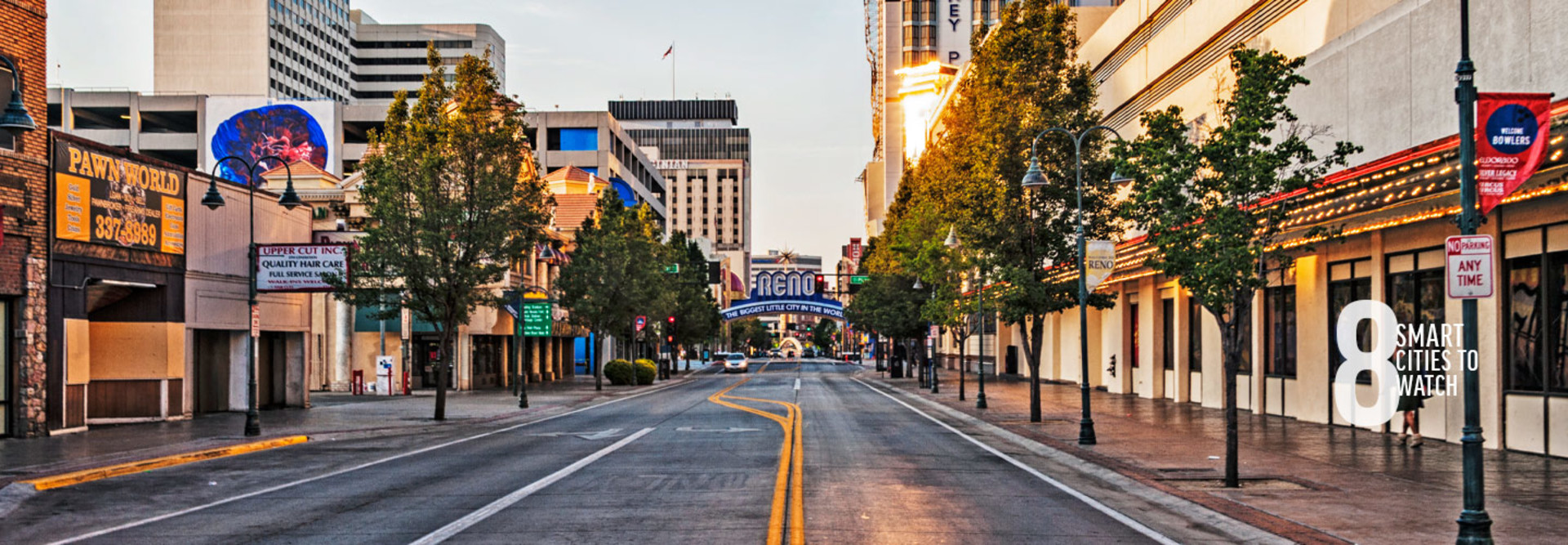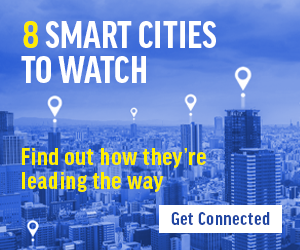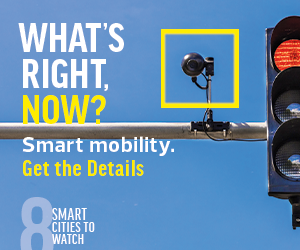STATETECH: Are there other examples that you can give me of how that’s evolved?
We are doing electronic document review. What that means is that our community development department can now work with developers virtually, where the developers can upload all of their plans for review by the planning reviewers and the building reviewers. It can all be done online now. So, we don’t need that space and that physical space to actually have those conversations.
We were already working toward those goals and we already had some of those products in place, but when the pandemic hit, we had to roll out those products a little bit faster to get them to our citizens. Whereas we might’ve done a soft release of something and given it to a few developers to test out with us, now, we’re just saying, “Here, everybody test it out with us, everybody be involved in this process.”
MORE FROM STATETECH: Find out why mayors are prioritizing investments in tech amid the pandemic.
STATETECH: The city has also been involved in intelligent mobility projects. Is that something the city is directly involved in, and can you talk about that?
Khimji: We are working with the University of Nevada, Reno and with the Regional Transportation Commission of Washoe County, Nev. We are working on developing a testing zone or testing area for the technologies for autonomous vehicles partnered with pedestrian safety. We’re not just looking at what the autonomy technology is like but we’re looking at how it impacts pedestrian safety. Is it better for safety, or are there some pitfalls that we need to be aware of?















